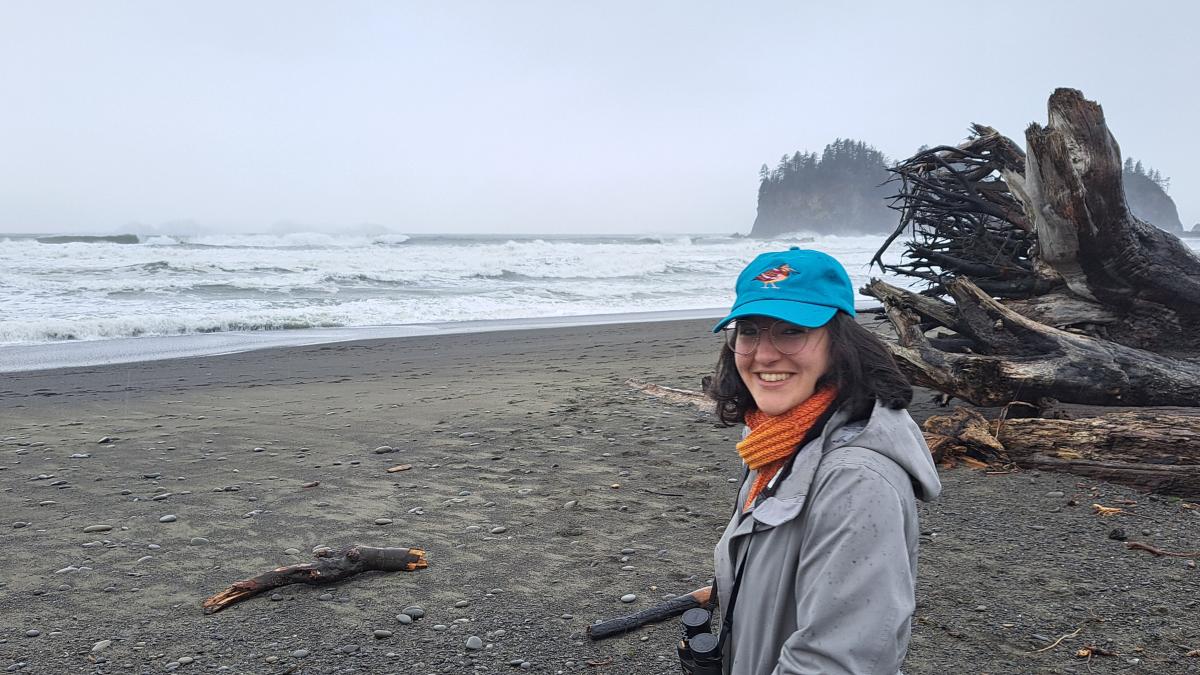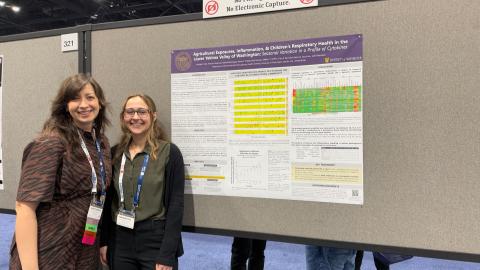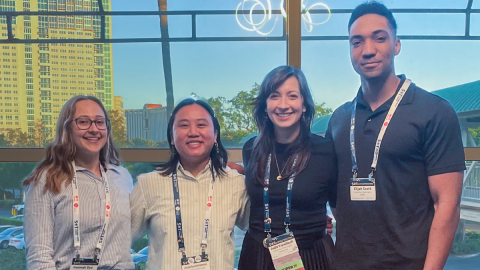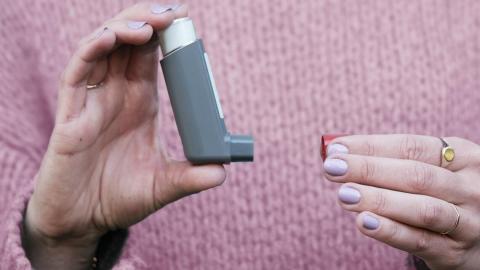Cecilia Martindale
MS, Environmental Health Sciences
Hometown
Colorado Springs, CO
Future plans
Pursuing a PhD in environmental health and working in public health practice.
“We really need to consider how climate change is impacting environmental health hazards.”
-Cecilia Martindale
Cecilia Martindale works with both big data and small communities in an effort to understand the many different ways climate change affects our health.
During one week, the master’s student might be using the UW’s supercomputer to explore how heat affects people’s exposure to the toxic weed killer glyphosate. The next, she could be visiting a public high school in Eastern Washington to help monitor indoor air quality and prevent wildfire smoke infiltration.
“I feel like I’ve gotten a much more well rounded experience by being able to work on these two different sides of environmental health,” said Martindale, an MS student in the UW Department of Environmental & Occupational Health Sciences (DEOHS). “It’s good to learn both the technical and interpersonal skills that are really important for building relationships with community partners.”
Martindale was recently named the 2025 DEOHS Outstanding Master’s Student. “Cecilia’s commitment to public health is evident through her innovative research, advocacy and community engagement,” said her adviser, DEOHS Professor and Chair Lianne Sheppard.
How heat might increase pesticide exposure
For her master’s thesis, Martindale is using publicly available data to analyze the relationship between people’s exposure to glyphosate and heat across the United States. Last year, Martindale won a Castner Award to support her research.
Human exposure to glyphosate, the world’s most widely used weed killer, is a concern because it can increase the risk of non-Hodgkin’s lymphoma by 41%. People can be exposed by eating foods with a residue of the herbicide, as well as working or recreating outdoors.
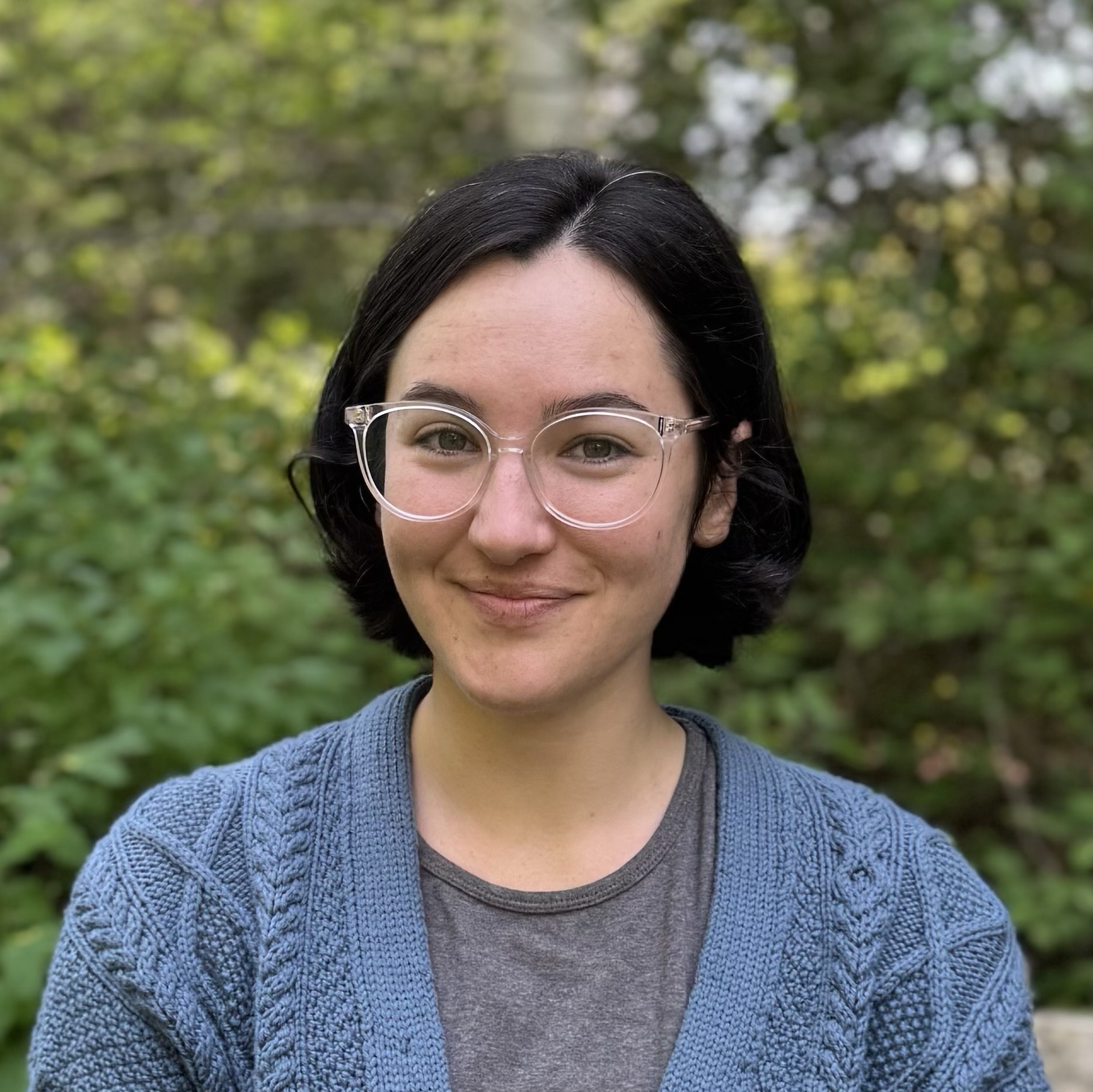
Martindale thinks that heat might make people even more susceptible to the toxic chemical. In warm weather, people spend more time outside and sweat more, which can enhance absorption of chemicals through the skin. Agricultural and other outdoor workers also might be less likely to use personal protective equipment in the heat.
High glyphosate levels in kids
After analyzing data on glyphosate levels in urine from a cohort of about 7,000 people in the U.S., Martindale found that children ages 5 and under had the highest glyphosate levels — though she’s not yet sure why. Next highest were in children ages 6 to 11, and finally adults ages 20 to 59.
To determine whether heat plays a role in these exposures, she is using Hyak, the UW’s supercomputer, to calculate estimates of physiological temperature around the time that study participants gave samples. Because this index, called wet bulb globe temperature, incorporates humidity and other weather parameters, “it’s really relevant if we think sweating is important, which I do,” she said.
At first, she tried to make the calculations on her own computer, but she realized she’d need to run it continuously for over a week without using it for anything else.
With the help of DEOHS IT and Computing Director Brian High, she streamlined her code and got access to Hyak for the calculations, reclaiming her own computer for everyday tasks. She recently gave a talk in the DEOHS Works in Progress series to highlight her experience and share this resource with other students: all UW students have access to the cluster.
She’s also mapping pesticide application across the country and determining where it overlaps with high heat levels: the hotspots are mainly in the southern U.S., although there are “some times when Central Washington state is up there,” she said.
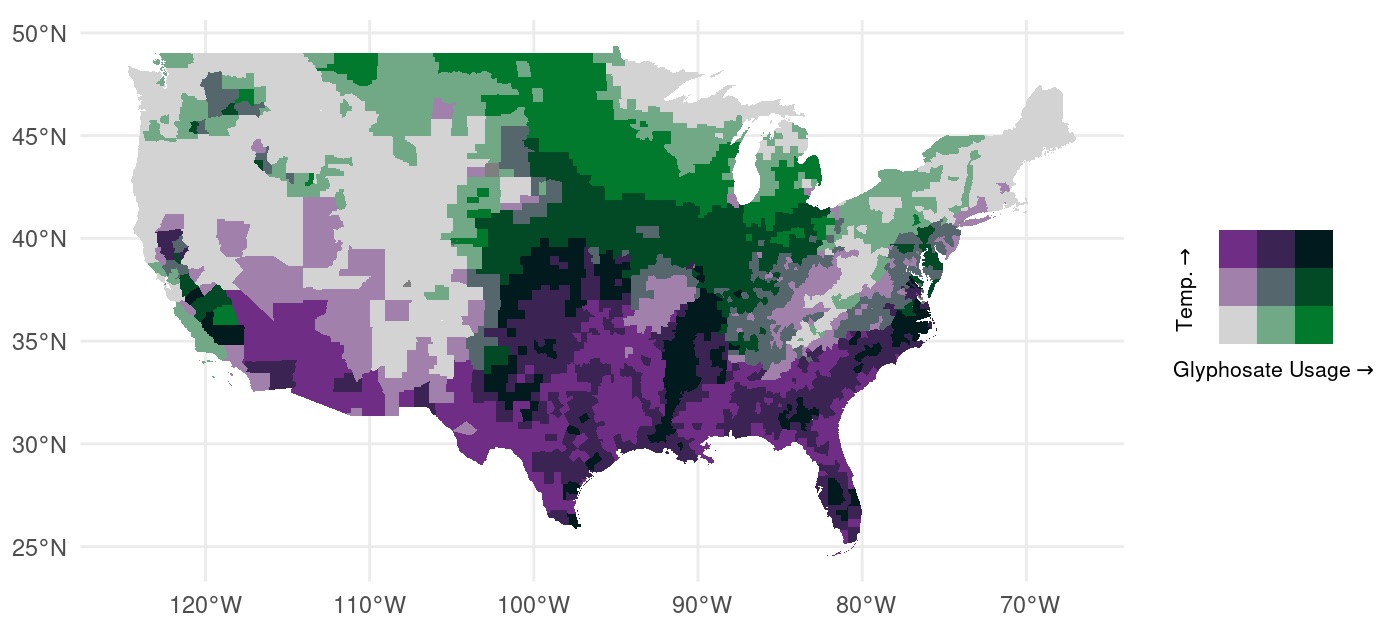
Clean air in the classroom
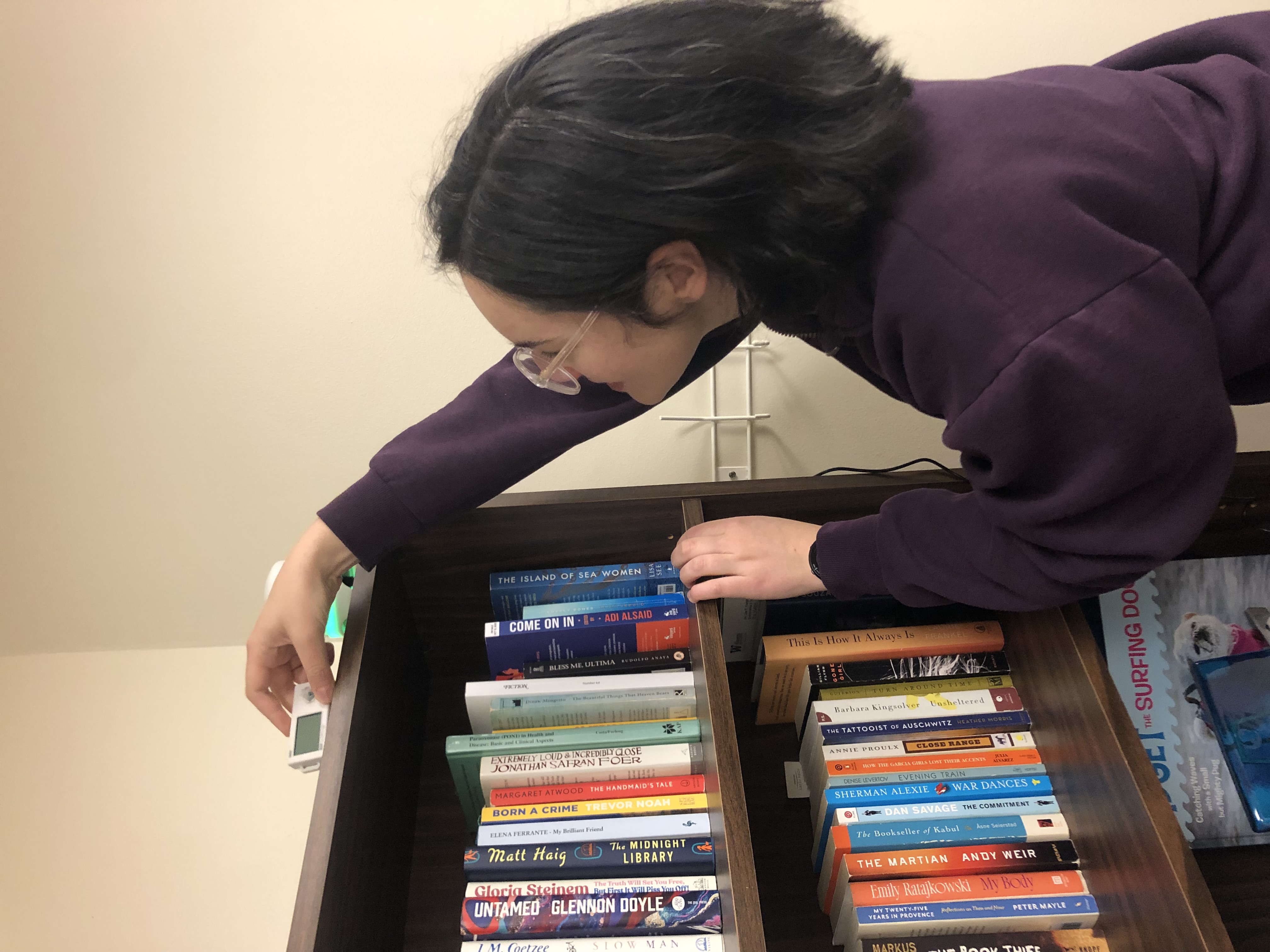
As a research assistant in the lab of DEOHS Assistant Professor Elena Austin, Martindale is helping evaluate air quality, calibrate low-cost sensors and create curricula for K-12 schools around Washington state.
They are collaborating on a project with Washington State Department of Health (DOH) to evaluate air quality after the DOH funded new HVAC systems in five rural public schools around the state.
Before the HVAC systems were implemented, smoke infiltrated one school in the program during a wildfire in nearby Chelan. In another, indoor temperatures climbed to 90° F. Though both of these events happened during the summer, when school was not in session, “it was evidence that they made a good choice” to introduce central air conditioning and filtration in these schools, Martindale said.
As part of the project, Martindale developed interactive surveys for teachers to share with students using the platform Kahoot. Students answer questions on their devices in real time about air freshness, temperature, noise, and symptoms like coughing, stuffy nose, headache and tiredness.
Communication and calibration
Martindale has developed communications to share results with students, teachers and administrators involved in the project, as well as a fact sheet for the Washington State Legislature.
“These efforts were much appreciated and engaged a new audience in thinking about wildfire and heat impacts on schools,” Austin said.
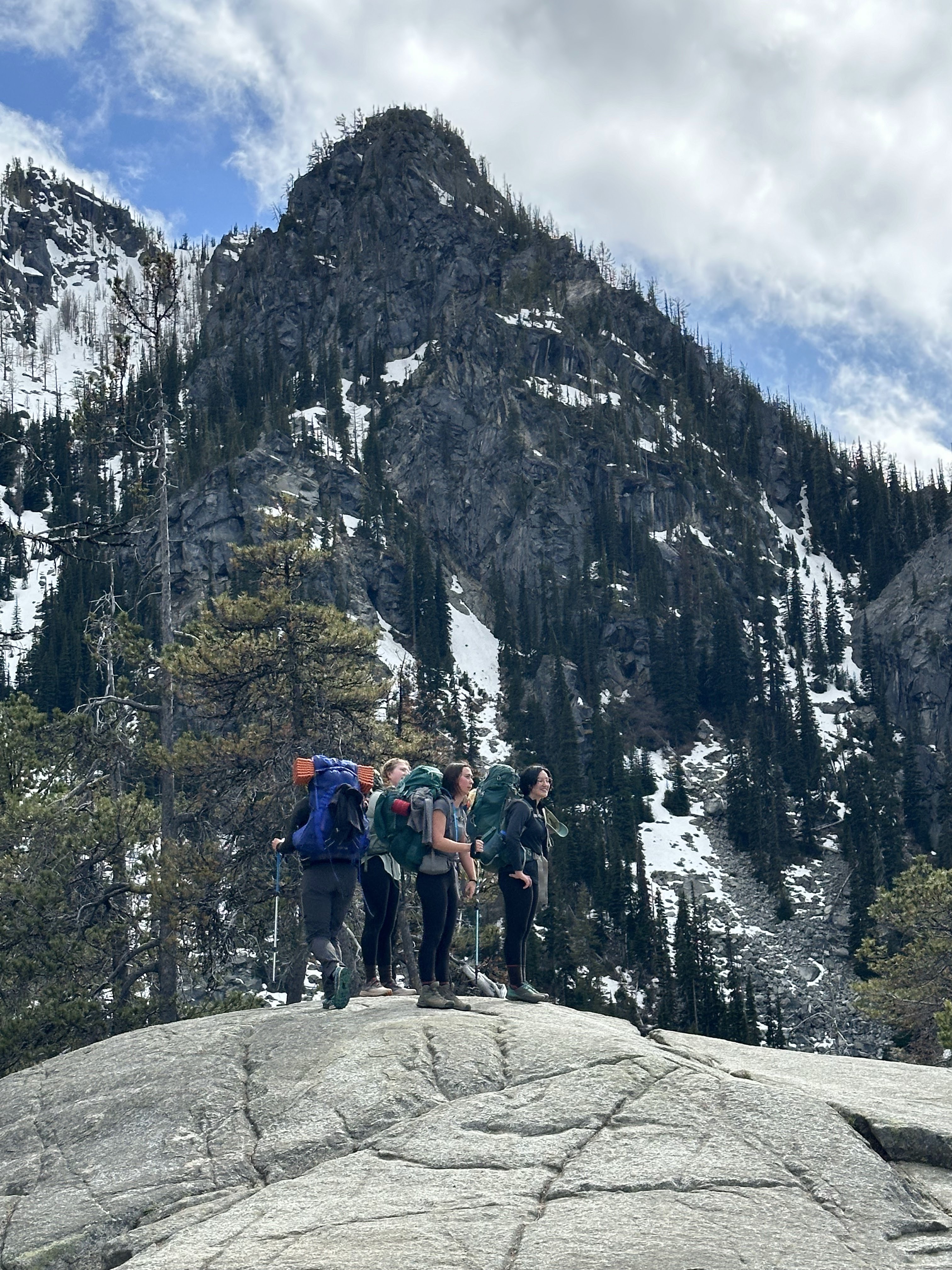
In related work, Martindale improved calibration for indoor air measurements from low-cost air quality sensors made by the company PurpleAir, addressing a limitation in the correction equation recommended by the U.S. Environmental Protection Agency.
These indoor sensors can help determine how much outdoor pollution is infiltrating a building “so you can know before there’s a wildfire smoke event” and make improvements, Martindale said.
Mentorship and making an impact
In addition to receiving excellent mentorship from Sheppard and Austin, Martindale has shared her knowledge with fellow students. She participates in DEOHS’s student-led Buddy Program, in which upper-level graduate students help support those in their first year. Last year, she appreciated the advice of her mentor, alum Joey Teresi, and now she is enjoying sharing her own experiences with her buddy, Juliana Moreno.
This fall, Martindale will begin a PhD in DEOHS with Austin focused on indoor air quality and heat. This summer, she plans to work with DEOHS Assistant Professor Rachel Sklar on a risk assessment of wildfire smoke and extreme heat in California prisons.
In the future, she hopes to work as an environmental epidemiologist for a public agency. She’s been inspired by her work with DOH scientists, some of whom are DEOHS alums.
“They’re implementing programs, but they’re also evaluating these interventions, keeping up with the literature, taking the most important things and actually making them work,” she said. “It’s really great that what we do can make such an impact.”
